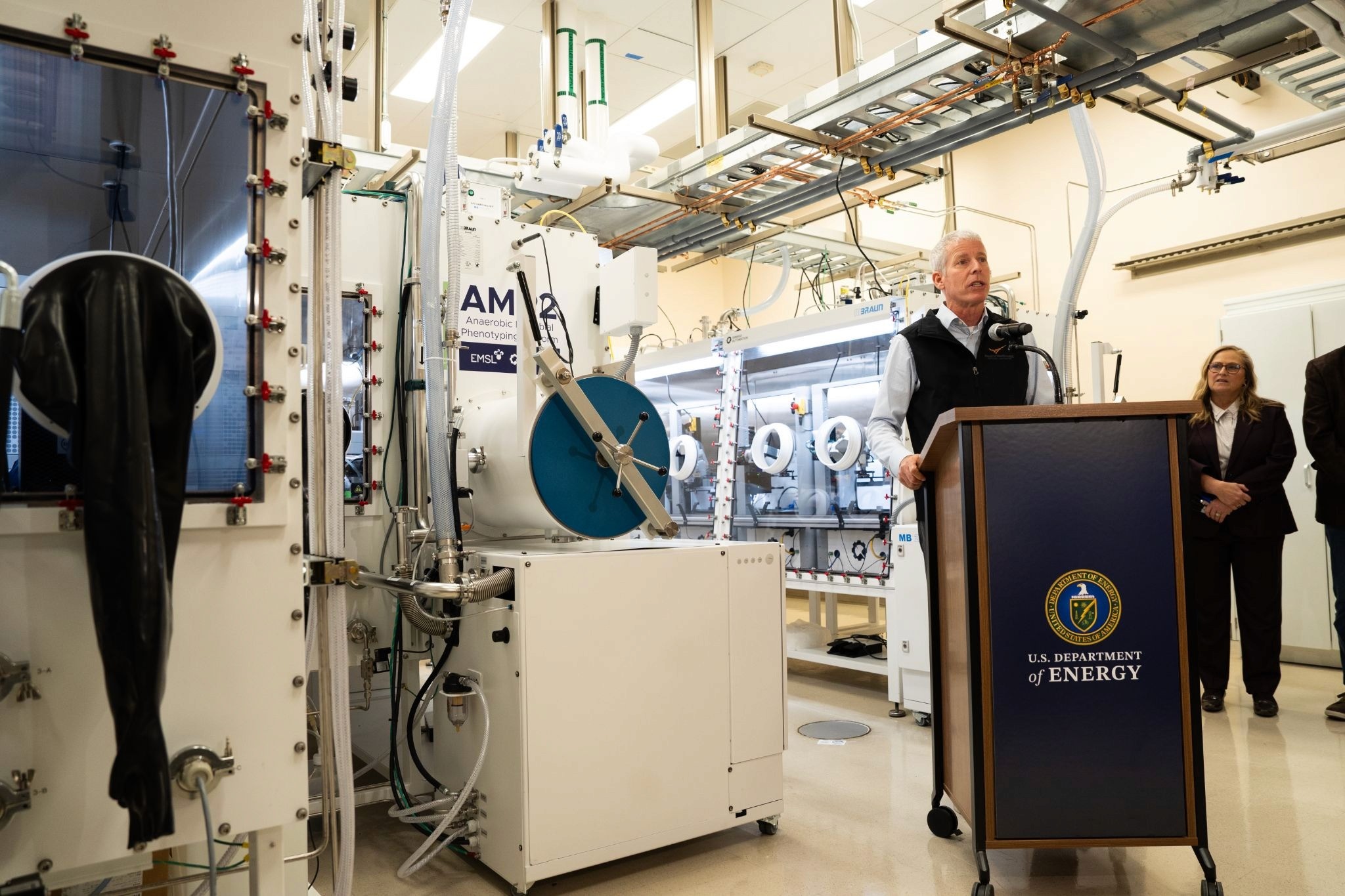The LS9 Update You've Long Been Waiting For
Aug 20, 2014
You could be forgiven for losing track of LS9 (Life Sustain 9-Billion) in the last year. While the company hails from the "original" wave of synthetic biology companies and wields technology with far-reaching potential, it appeared to disappear after announcing successful batch fermentation runs at 135,000 liters at its demonstration facility in Okeechobee, Florida. The once cash-strapped startup was developing an industrial biotechnology platform that utilized E. coli to manufacture tailored fatty acids -- and even managed to patent the enzyme phosphopantetheinyl transferase, or PPTase, which is critical for fatty acid synthesis.
In other words, LS9 has the rights to fatty acid production in just about every microbial host. Could a company with such great technology potential really fall from grace? It's certainly not impossible, but that was not the company's fate.
LS9 was acquired for up to $61.5 million in cash and stock by Renewable Energy Group, the nation's largest biodiesel producer, and became the foundation of the REG Life Sciences subsidiary. Far from being left for dead by the market, the company formerly known as LS9 is alive and charging full-steam ahead at commercial operations.
Technology update
Renewable Energy Group, which has the "bad" habit of setting a low bar and leaping over it, has gone so far as to call it "the most efficient industrial biotechnology method for the synthesis of hydrocarbon chains (fatty acids)". Not a bad review from a company that is allergic to hype. It may not be that far off after considering the numerous tailoring capabilities possessed by the platform.

Image source: Renewable Energy Group.

Image source: Renewable Energy Group.
The ability to tailor molecular synthesis gives REG Life Sciences the ability to manufacture over 1,000 unique products ranging from drop-in fuels to FAME fuels such as biodiesel (used as blendstocks), detergents to flavors and fragrances, and more.

Image source: Renewable Energy Group.
The industrial biotech employs the same "Design, Build, Test" cycle found throughout the synthetic biology industry for strain development. As such, REG Life Sciences piggybacks on platform-specific progress and breakthroughs to shorten development time. At the beginning of 2014 the company had at least four products nearing their commercial targets, with each product beginning development closer to target than its predecessor.

Image source: Renewable Energy Group.
As you can see, REG Life Sciences has retained its robust technology platform, but what are Renewable Energy Group's commercial plans for the company?
Strategic vision
While not readily apparent, there are several advantages to residing under the nation's largest biodiesel producer. First, Renewable Energy Group has budgeted approximately $1 million per month for research and development at REG Life Sciences. That has allowed the company to expand operations at its South San Francisco lab and pilot facility. Additionally, the generous "allowance" from its parent could rise or fall in the future, but it's likely to be supplanted by partnership and collaborative funding, too.
Second, Renewable Energy Group offers a nationwide network of biodiesel manufacturing sites that could also host an industrial biotech facility, which is advantageous for several reasons. REG Life Sciences would benefit from having permits, licensing, utilities, infrastructure, logistical transportation, and feedstock sourcing in place. In fact, a major byproduct of biodiesel production is glycerol, which could be used as a low-cost feedstock for a co-located industrial biotech facility.
Third, Renewable Energy Group offers a nationwide (and eventually a worldwide) logistical network for transporting feedstock, nutrients, and product. There will surely be additional work needed to court partners to its new industrial biotech platform, but I imagine the parent company can leverage existing relationships to offer a critical developmental boost early on.
What's next?
The technology is there, now commercial plans need to be put in place to monetize the research and development that has taken place over the last decade. It will take years to build out the commercial capabilities necessary to realize the platform's true potential, but it appears that the synthetic biology community will learn more about those plans sooner than later. An analyst meeting I attended in late April CEO Daniel Oh said to "expect announcements regarding partnerships, collaboration, and commercial scale opportunities in the next 12-18 months." That's encouraging and exciting news for a company that may have fallen off many people's radars. I'm a big believer in the long-term vision of Renewable Energy Group (I own shares in my personal portfolio) and think it's quite an advantageous destination for LS9.
Editor's Note: This post was originally published on June 23rd, but was lost after a web server switch. It was republished on August 19th as it originally appeared.

















